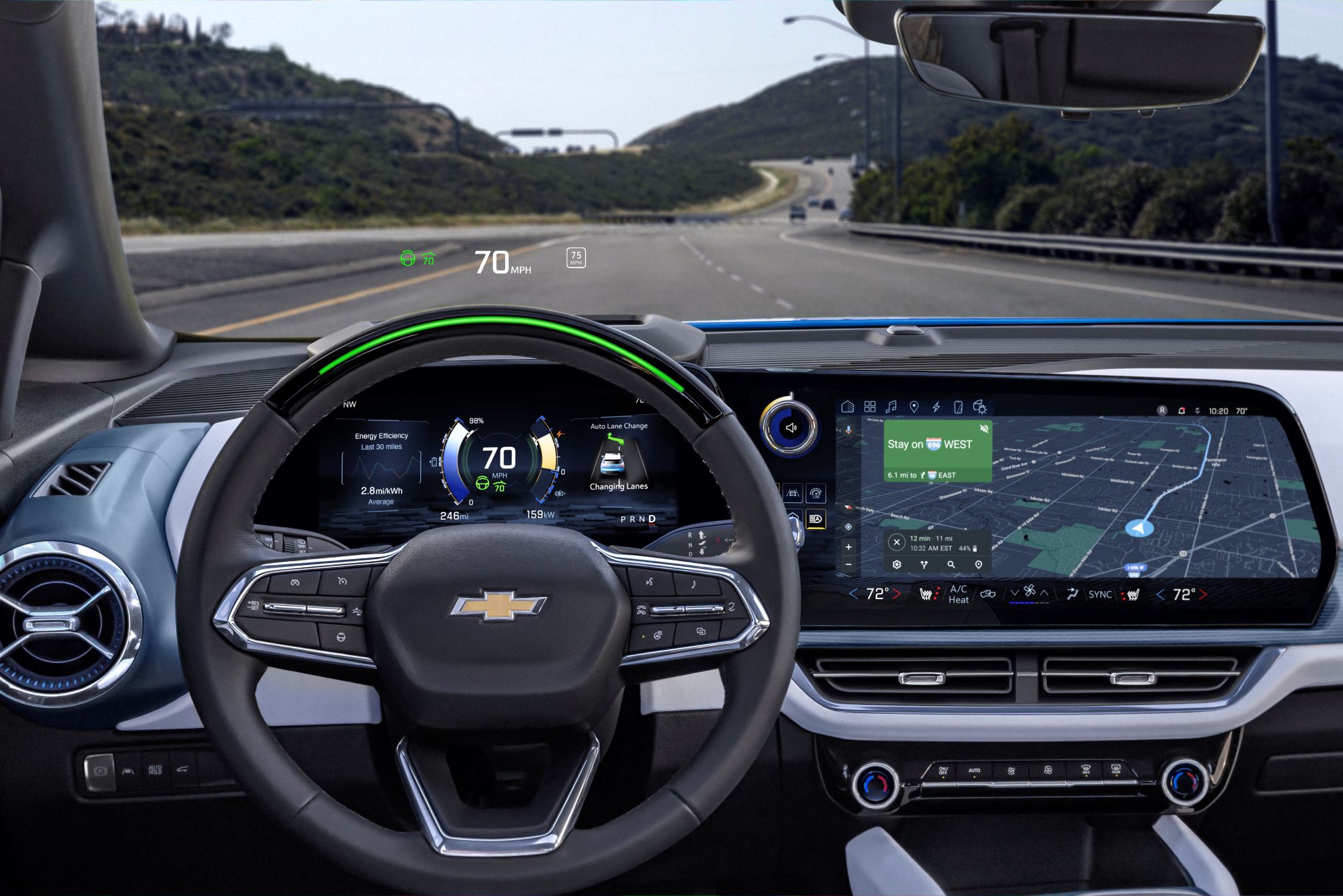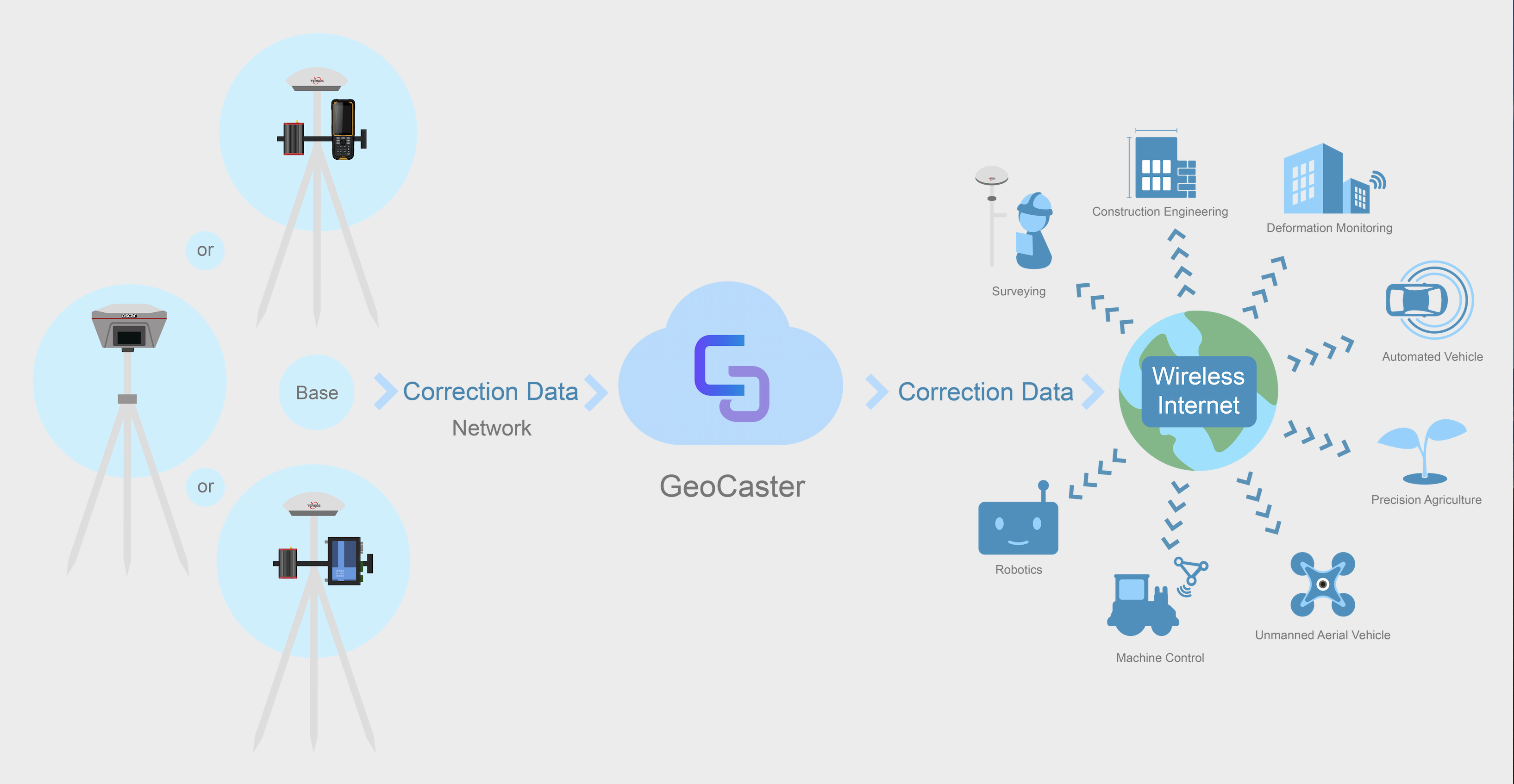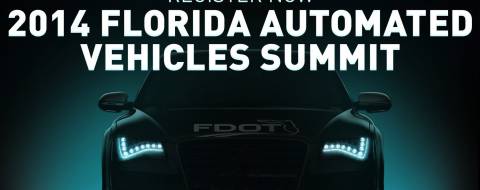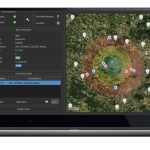Earlier this year, FocalPoint Positioning announced a collaboration with General Motors on the possible application of the UK GPS software company’s Supercorrelation software in future vehicles, including potential enhancements and operational expansion of its Super Cruise hands-free ADAS (advanced driving assistance system) and its upcoming higher-tech sibling Ultra Cruise.
Supercorrelation enables a new class of satellite positioning receivers that can measure the directions of the incoming signals, allowing them to ignore reflected and fake “spoofed” signals. Manuel Del Castillo, VP of Sales and Business Development at FocalPoint Positioning, explained to Inside GNSS that the company’s technology focuses on line-of-sight signals with a unique way of analyzing the Doppler frequency.
“FocalPoint’s solution can predict that doppler and make the antenna work as a synthetic, smart antenna,” he said. “You can do that for all the different angles-of-arrivals of the GPS signals that you’re expecting. That allows you to focus on what you should focus on, and you’re not listening to all the other reflections that come from different angles that are not legitimate.”
That means a GPS chip can compute a position in an urban scenario as if it was on a highway by mitigating the effect of reflections “by a large amount. If you have generally around 20 meters of error, you would get it reduced to around 3 or 2 meters of error,” said Del Castillo.
Much of FocalPoint’s work with General Motors is confidential, but Del Castillo provided some interesting context. He said that the automaker is looking to apply the Supercorrelation solution because it’s a more cost-effective approach.
“Others are suggesting solutions that involve a lot of different hardware pieces that are much more costly,” he said.
GPS is a crucial element used by the ADAS to allow driving handoffs between the human driver and the system. The automaker’s engineers want to use Supercorrelation to extend the use of their systems from highways to cities.
“Right now, they cannot do it because GPS is not reliable enough in cities due to reflections,” said Del Castillo. “We’re facilitating the extension of Super Cruise to urban areas.”
The FocalPoint cooperation with General Motors is generating interest from other OEMs.
“They see it’s a cost-effective way of extending ADAS to cities, and others are seeing the same story,” he said. “We’re in that process with many OEMs right now. It’s very promising, but the challenge for FocalPoint is speedy execution because the supply chain is pretty complex.”
That execution involves convincing not only the OEMs but also the Tier Ones and GPS chipmakers that Supercorrelation should be embedded. The chipmakers include key names like Qualcomm, STMicro, and U-blox. FocalPoint has announced a partnership with U-blox, while many others are evaluating the technology.
The fact that it’s a software solution helps the cause.
“Software is the name of the game right now in automotive,” Del Castillo said.
FocalPoint’s entry into automotive is linked to the success of high-definition maps, he said.
“With an error of about 20 meters in a city, it didn’t make sense to have a map with all the lanes in a street,” he said. “With our technology, we are at the point that we can locate the car in the correct lane.”
He credits the work of Google, Here Technologies, and TomTom, as well as General Motors and other OEMs in bringing in the “lane-by-lane” HD maps.
“We’re going in hand-by-hand with the HD map suppliers because there’s a lot of synergy in what we’re proposing,” he concluded.






